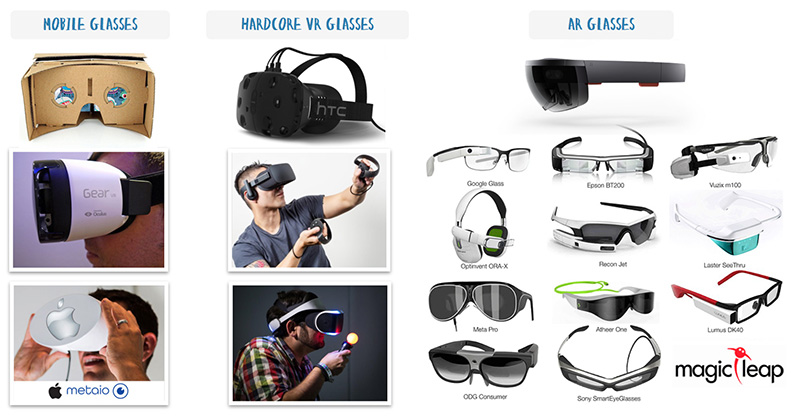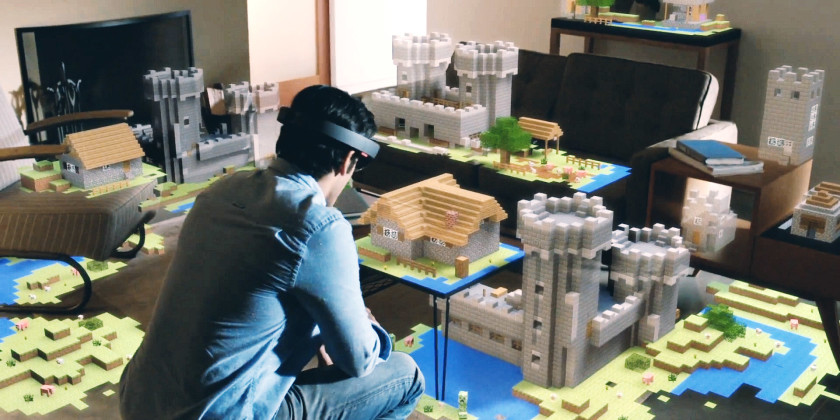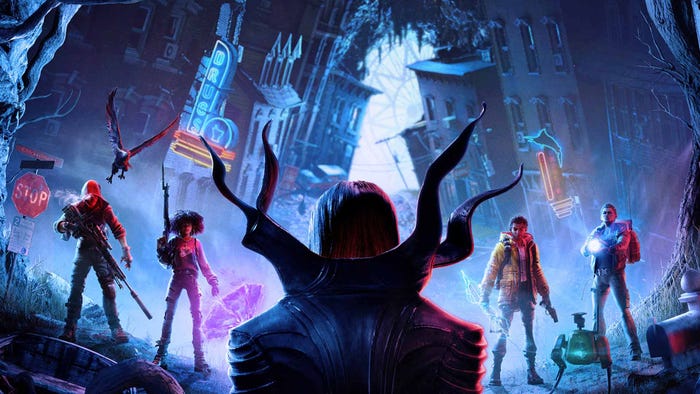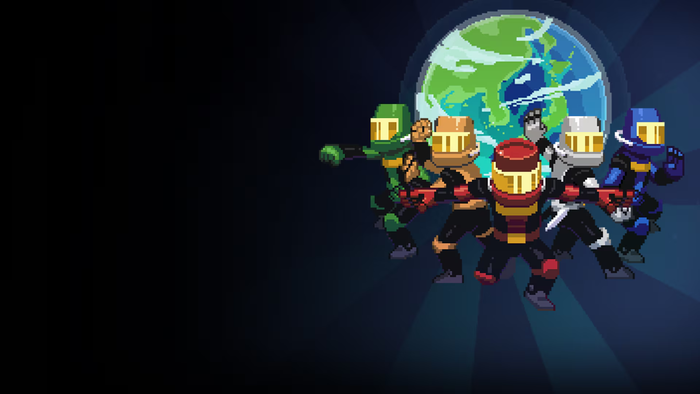The indie road to VR and AR
Trying to create a homemade Hololens experience. Difficulties and solutions working with Virtual and Augmented Reality. The results: Vuforia Vision Awards winner, Unity Awards and BIG Festival finalist.

I’ve written this post to share some difficulties and possible solutions when working with Virtual and Augmented Reality.
I’ve been developing games for 15 years and the struggle has always been the same, getting noticed in the middle of such an infinity of high quality games.
After some time working in the industry we certainly improve and commit less and less mistakes, however having a great game and doing all the “homework�” is not enough, we still need a little bit of luck to earn our spot in the market.

If there’s something that can really work on our favor it is understanding the perfect timing. However it requires a refined sensibility.
Whenever we are able to identify the right moment for certain trends or needs, then getting noticed starts to become an easier monster to defeat.
The entertainment industry is very dynamic and there are big changes happening right now.
This year there will be a whole new series of virtual and augmented reality devices available.
It’s become more than just a new sensor like Kinect, huge companies such as Facebook, Sony, Microsoft, HTC + Steam, Samsung, Google, Epson, Apple (which has already registered a patent) are investing heavily in devices for virtual and augmented reality.
There is still time for us to get noticed by this new movement that VR and AR represent. If we miss this opportunity we must identify what shall be the next trend.

Despite the perfect timing things aren’t always perfect. Advising someone to invest in this area is like sending soldiers to a suicidal mission. The installed base for new devices is practically non-existent. No one knows for sure how long it will take to be consolidated.
It’s highly risked developing an indie game aiming at this market.
Here, at Ovni Studios, we have always been in love with augmented reality and with the announcement of Hololens our minds blown.
It had been many years since we’ve got so excited and enthusiastic. And that’s when we know for sure that we would be developing games for this platform.

But as you all know, Hololens is almost a top secret project, and only a few privileged companies have the access to its hardware.
Leading our company to work with this platform was a suicidal mission, because as we mentioned before, Hololens will take a while to have an installed base to become interesting enough to justify investments. MIcrosoft itself has stated Hololens will take at least 5 years for its consolidation, and that they would start investing more in the corporate market instead of the gaming market.
Another issue will be its price. As we know its first version will be more expensive for being a standalone device unlike other glasses connected to consoles or computers.
Peronio Pop-up Book
Peronio is our first title making use of an “all in one” approach.
Turn your conventional mobile phone into a “super-special-laser-vision-machine” and enjoy the MAGIC!
Everyone is looking for innovation and for experimenting different perceptions. And that is what Peronio is all about.
Developed by only 2 people: Me and Renato Klieger, the project doesn’t only focus on the technical approach. We took a lot of care with the artistic and ludic touch of the game.
Solution?!
Give up? Certainly not!!
And how can we reduce the risks?
Living in emerging countries like Brazil, where we have such a negative scenario with high taxes and ongoing crises, that forces us to be more creative minimizing risks to its fullest.
Our solution was investing in RV and RA for mobiles and making use of new technology as optional gameplays modes.
Having the mobile player forced to get glasses, even low cost ones such as Google Cardboard, would restrict our income.
And thinking about game design it is of huge difficulty having a not only fun but also relevant game for those who like RV and RA, as well as for those who don’t.
If we solve this equation and the game is more important than the used technology, people will be impacted in the expected way.
"All in one" gameplay modes:
You can play Peronio in many different ways, with or without a VR glasses. It is important to know that the game will function with every low cost VR glasses like the google Cardboard.

Virtual Touch:
The current smartphones are not yet equipped with sensors to map your hands or the environment around you as the Hololens for example.
And demanding that the players buy the additional sensors for their smartphones is unaffordable.
For that reason, aiming a full feature glass with hand and surface tracking, we developed a technology via software so the players could in fact touch the elements of the scene.
It’s not a perfect solution as the use of specific hardwares for those purposes, but it is viable one, allowing a similar experience as the one found with the Hololens.
And as soon as the new smartphones arrive in the market with those onboard sensors we will be able to use them immediately.

In 2016 many glasses will be launched and they will need content.
And this is the market we are aiming at.
Some feedbacks:
- Vuforia™ Vision Awards 2015 winner in the best game category;
- Unity Awards 2015 finalist, side by side companies such as Toca Boca and Madfingers;
- BIG - Brazil's Independent Games Festival 2015 finalist.
That's it!
Why wait for Hololens become public to start to produce VR+AR games?
The mobile experience certainly is not the same, but is awesome too in different ways.
Got curious?
Check Peronio at Google Play and App Store right now. The game is free with all features unlocked.
If you have any questions I can answer them on the comments, or on twitter @tiagoam.

Read more about:
BlogsAbout the Author(s)
You May Also Like













